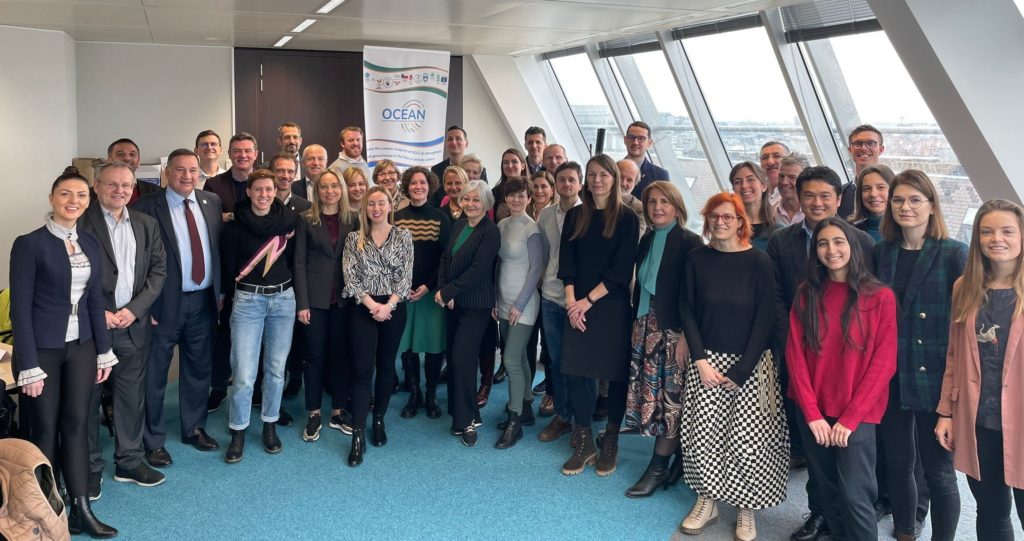Balancing ambition and reality
The Belgian Olympic Committee’s climate commitment
Interview with Benjamin Wery, Communication Officer and Climate Action Officer at the Belgian Olympic and Interfederal Committee (BOIC),
Interview with Benjamin Wery, Communication Officer and Climate Action Officer at the Belgian Olympic and Interfederal Committee (BOIC),

At the heart of elite sport, Benjamin Wery, Communication Officer and Climate Action Officer at the Belgian Olympic and Interfederal Committee (BOIC), is on a demanding mission: reducing the carbon footprint of an organisation whose core job is to send athletes worldwide. We sat down to talk.
“I raised my hand, and I was the only one.” That’s how Benjamin Wery, initially in charge of the BOIC’s communication, unexpectedly became responsible for climate action at his organisation. He’s been juggling communication duties with practical sustainability work for the past three years.
The first actions taken were modest but symbolic: no more plastic water bottles, capsule coffee machines replaced with bean-to-cup versions, and the removal of sodas. “We started very small. But these actions had an economic impact and an educational value.”
Since then, the BOIC’s engagement has progressed, step by step. The organisation is now part of the European OCEAN project (Olympic Committees of Europe Approaching Carbon Neutrality), bringing together 18 National Olympic Committees to develop a shared carbon footprint calculator. As part of this initiative, the BOIC adopted the UN’s Sports for Climate Action framework, committing to reduce its greenhouse gas emissions by 50% by 2030.

With support from Tapio, the BOIC is now measuring its greenhouse gas emissions to understand its impact and identify areas for improvement. The results highlight a significant challenge: over 70% of the organisation’s emissions come from air travel, mainly linked to sending athletes and staff to competitions worldwide. This is a core part of the BOIC’s mission, not something they can realistically reduce without compromising their purpose.
“Our job is to send athletes to the Games. If we stop flying, we’re no longer doing our job,” Benjamin says. “Even if we cut everything else, these emissions depend on where the Games occur.”
Still, the carbon report points to other opportunities for action. One of the main areas is clothing: every delegation receives branded sportswear, which involves considerable procurement and packaging. Here, the BOIC sees more room to reduce impact.
What’s more, daily employee commuting has a relatively low footprint. Most of the 30 team members already use more sustainable modes of transport, such as cycling or public transport.
Looking ahead, Benjamin is clear-eyed about the limitations: “If we manage to reduce our emissions by 20%, that would already be huge. But reaching 50% without offsets? It’s almost impossible.” Yet the organisation wants to avoid carbon offsetting altogether. “We don’t want to compensate, because we feel like that’s cheating,” he adds.
With Tapio, Benjamin wants to move beyond calculations. “We already have a European tool for measuring, but I’d like to use Tapio to discuss real levers for action. To identify the areas where we can truly make a difference together.”
The BOIC has decided to average its carbon footprint over four years to manage its progress better. This way, it’s possible to account for significant variations between years with local Olympics, like Paris, and others involving multiple competitions on the other side of the world.
The Olympic world is an impossible equation, but it’s also a powerful platform for awareness. Benjamin is convinced that if the BOIC, with all its constraints, is taking steps in this direction, it’s also to set an example, bring the topic to the table, learn, share, and gradually start shifting the lines.